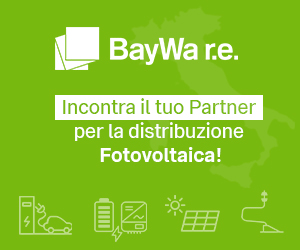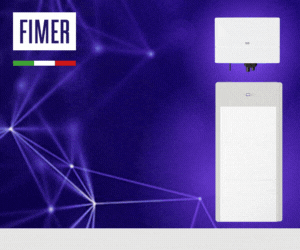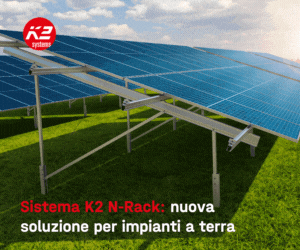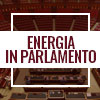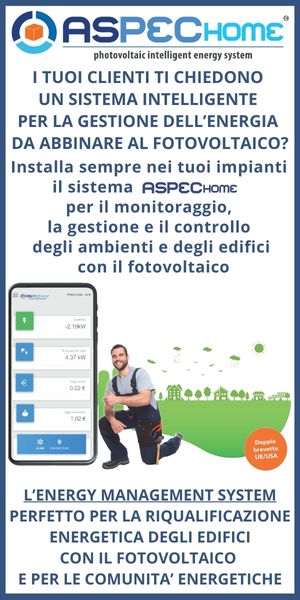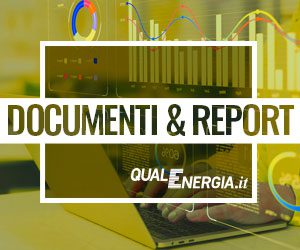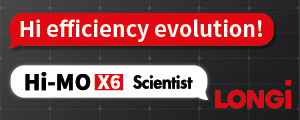The European solar heating and cooling sector is still feeling the impact of the economic crisis with lower sales in some of its largest markets. There are several main contributing factors to this sluggish performance, such as low gas prices, difficulty in accessing finance for consumers, stagnating construction sector, fewer public support schemes for solar thermal and competition from other energy sources with more attractive market incentives.
In 2014 some positive signs came from two of the largest European markets, Greece and Spain, which have grown by around 19% and 10% respectively. In Greece this was the result of greater investments in the tourism sector and in Spain this was achieved thanks to a good performance in Andalusia.
In Germany, the introduction of improvements to the MAP incentive scheme should sow the seeds for recovery in Europe’s largest solar thermal market. Growth potential has been identified in some market segments, particularly in the booming decentralized large-scale heating sector in Denmark.
‘We can see positive developments for the commercial, industrial and district heating applications. These segments are still quite small compared with the residential market; however, their growth over such a short period has confirmed their huge potential’ commented Robin Welling, ESTIF President.
‘The solar thermal technology can play an important part in meeting the EU indicative targets, provided appropriate corrective action is taken by the member states to remove the barriers hindering its full deployment. Europe cannot afford to lose this opportunity to release the untapped free supply of solar energy!’ added Pedro Dias, ESTIF Secretary General.



.jpg)

